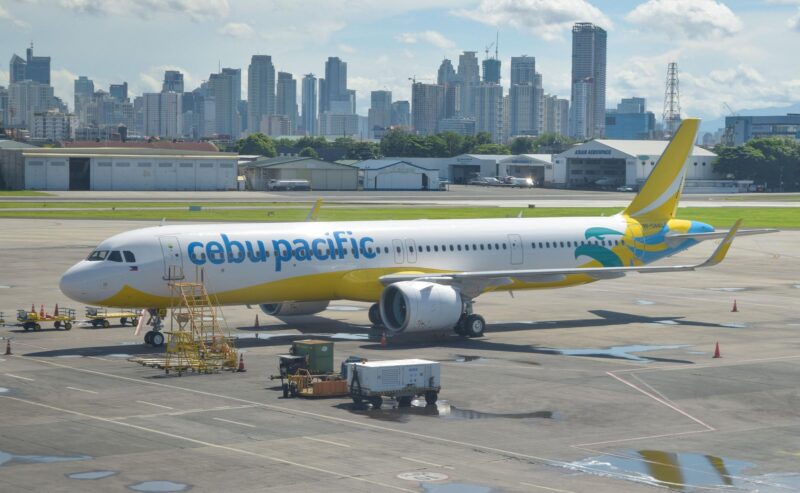-
Cebu Pacific’s net income dropped 5.4% to P3.545 billion in the first half of the year from P3.749 billion in the same period last year
-
Revenues grew 18.1% to P51.439 billion due to double-digit hikes in passage, cargo and ancillary businesses revenues
-
Revenue from cargoes improved 31.9% due to increases in cargo volume and yield
-
For the second quarter alone, Cebu Pacific handled six million passengers, the highest count in a single quarter in its history
Cebu Pacific’s net income dropped 5.4% to P3.545 billion in the first half of the year from P3.749 billion in the same period last year.
Revenues grew 18.1% to P51.439 billion from P43.551 billion, parent firm Cebu Air, Inc. said in a regulatory disclosure.
Revenue from cargoes improved by 31.9% to P2.636 billion from P1.998 billion due to the 26.8% rise in cargo volume carried coupled with the 4% increase in cargo yield.
The airline transported close to 36 million kilos of cargo, 39% higher than the same period last year. This was on the back of over 38,000 flights flown for the quarter, 5% higher year-on-year.
Passenger revenues, on the other hand, jumped 18.4% to P35.680 billion from P30.126 billion due to the overall growth in travel demand.
The carrier flew 12.1% more passengers while average fares rose by 5.7% during the first half.
Ancillary revenues grew 14.8% to P13.123 billion, mainly due to higher passenger volume coupled with higher ancillary yield.
Operating expenses during the first half amounted to P45.954 billion, higher by 15.5% compared with the P39.790 billion incurred in the same period last year primarily driven by the increase in flight activity.
Interest expense from debt and lease liabilities also grew 44.7% to P2.968 billion due to the additional aircraft and engine deliveries. The increase is coupled with the increase in bank interest rates for debts and the effect of depreciation of the Philippine peso against the U.S. dollar.
For the second quarter alone, Cebu Pacific said it handled six million passengers, the highest count in a single quarter in its history. This is 10% higher from the previous year fueled by the summer traffic from April to May, the school break in June, and additional frequencies in high-traffic destinations such as Cebu, Davao, and General Santos.
Strong demand for regional destinations such as Hong Kong, Japan, Vietnam, and Australia also contributed to the growth.
On August 2, 2024, the Securities and Exchange Commission approved Cebu Pacific’s quasi- reorganization through deficit reclassification. This equity restructuring removes the airline’s retained deficit as of end 2023 through a counterpart application of its capital surplus.
READ: Cebu Pacific approves restructuring to clear P16.27B deficit
Combined with increased profitability and improving capital efficiency, Cebu Pacific said this will accelerate the potential for future shareholder returns and distributions.
Last July, Cebu Pacific also signed a binding memorandum of understanding with Airbus for the purchase of up to 152 A321neo aircraft for $24 billion (P1.4 trillion) based on list prices, the largest aircraft order in Philippine aviation history.









